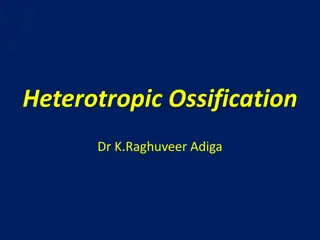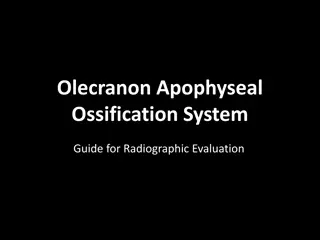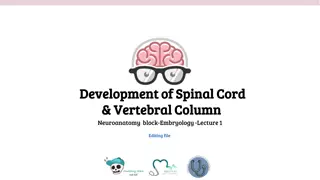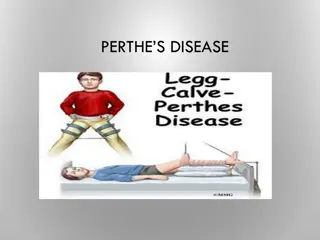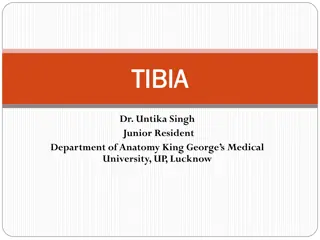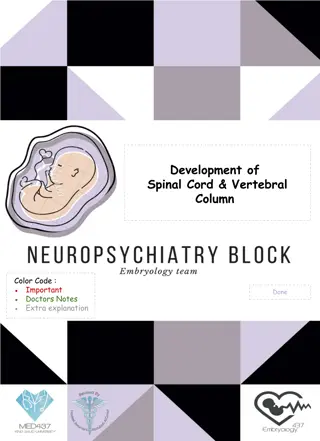Virtual Labs on SDN and P4 Programmable Switches
Explore the motivation behind Software-Defined Networking (SDN) and P4 programmable switches, highlighting the shift from traditional networking to more flexible and innovative approaches. Understand how SDN challenges protocol ossification, separates control and data planes, and enables packet-forw
2 views • 47 slides
Carthage: A Heterotopic Space in Classical Literature
Carthage, as depicted in Virgil's Aeneid and through artworks by Claude le Lorrain and J.M.W. Turner, is examined as a heterotopic space in classical literature. The concept of imagined geographies and heterotopias is explored in relation to Carthage, highlighting how it was represented, contested,
0 views • 31 slides
Challenges in Standard QUIC Protocol Implementation
The content discusses the challenges and shortcomings of the standard QUIC protocol implementation, focusing on the use of TLS 1.3 for cryptographic handshake. It highlights issues such as complexity in implementation and state machine, lack of a full security proof, and the risk of ossification due
0 views • 108 slides
Overview of Heterotopic Ossification in Medical Science
Heterotopic ossification (HO) is a phenomenon where bone forms in soft tissues outside the skeletal system. Initially observed in children with myositis ossificans progressiva, HO has been linked to trauma, neurogenic factors, and hereditary conditions like myositis ossificans progressiva. Clinicall
0 views • 44 slides
Radiographic Evaluation of Olecranon Apophyseal Ossification System Guide
Comprehensive radiographic evaluation guide for the olecranon apophyseal ossification system, detailing stages from no ossification to complete fusion. Provides visual references and descriptions for each stage to aid in interpretation.
0 views • 11 slides
Understanding Meat Grading and Quality Certification
Explore the process of meat grading and certification, including the establishment of USDA standards, mandatory inspection for wholesomeness, voluntary grading for quality, and the determination of quality grades based on factors like tenderness, juiciness, flavor, and marbling. Learn how age and ma
0 views • 15 slides
Embryology of Spinal Cord and Vertebral Column Development
Explore the fascinating embryological journey of the spinal cord and vertebral column development, covering topics such as neural tube formation, layers of the spinal cord, subdivisions of mantle and marginal zones, chondrification, ossification stages, spina bifida types, and more. Dive into the st
1 views • 15 slides
Understanding the Relationship Between HA and HB in Organic Chemistry
Exploring the various relationships between protons HA and HB in organic molecules, including homotopic, heterotopic, diastereotopic, and enantiotopic relationships. Illustrated through chemical structures and explanations to enhance comprehension.
0 views • 23 slides
Understanding Perthes Disease in Pediatric Patients
Perthes disease, also known as Legg-Calve-Perthes disease, is a common pediatric disorder affecting the blood supply to the rounded head of the femur. It typically affects male children aged 3-10 years old and presents with symptoms such as limping, pain, and stiffness in the hip area. The disease p
0 views • 13 slides
Comprehensive Learning Session on Tibia Anatomy
Explore the intricate details of tibia anatomy in this educational presentation by Dr. Untika Singh from King George's Medical University. Learn to identify the tibia, understand its different parts, surfaces, and attachment points, and grasp its significance as a weight-bearing bone in the leg. Div
0 views • 25 slides
Development of Spinal Cord and Vertebral Column - Doctors' Notes
The development of the spinal cord from the neural tube, layers of the spinal cord, subdivisions of mantle and marginal zones, meningeal layers, vertebral column development, chondrification, ossification stages, spina bifida types, and positional changes of the spinal cord are crucial aspects cover
0 views • 10 slides
Overview of Carpal Bones and Carpal Tunnel Anatomy
Carpal bones are arranged in two rows with distinct features such as the flexor retinaculum and extensor retinaculum that form the carpal tunnel. Radiological features and nutrient arteries of the scaphoid bone are crucial in understanding carpal anatomy. Ossification of the carpal bones occurs in a
0 views • 13 slides



